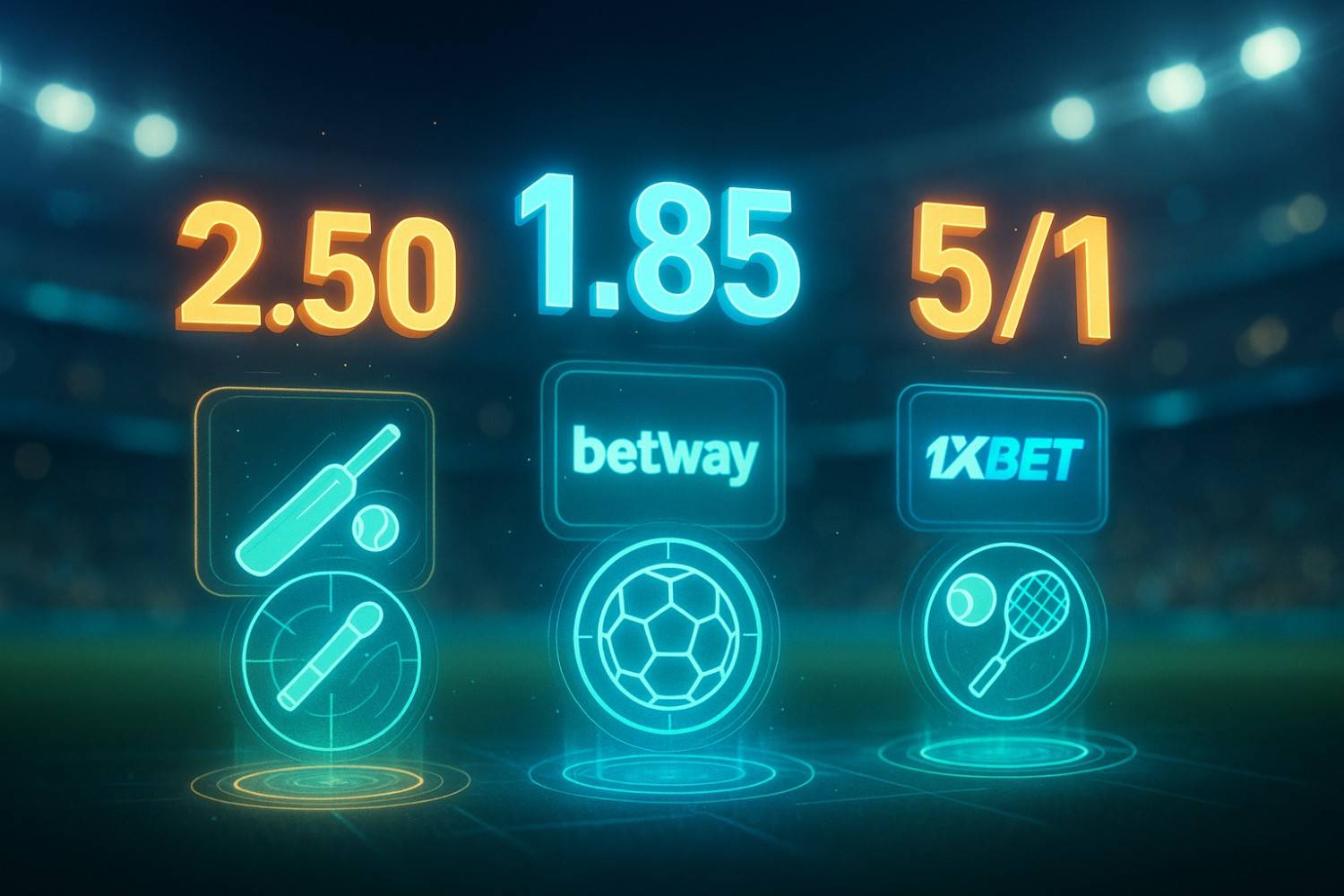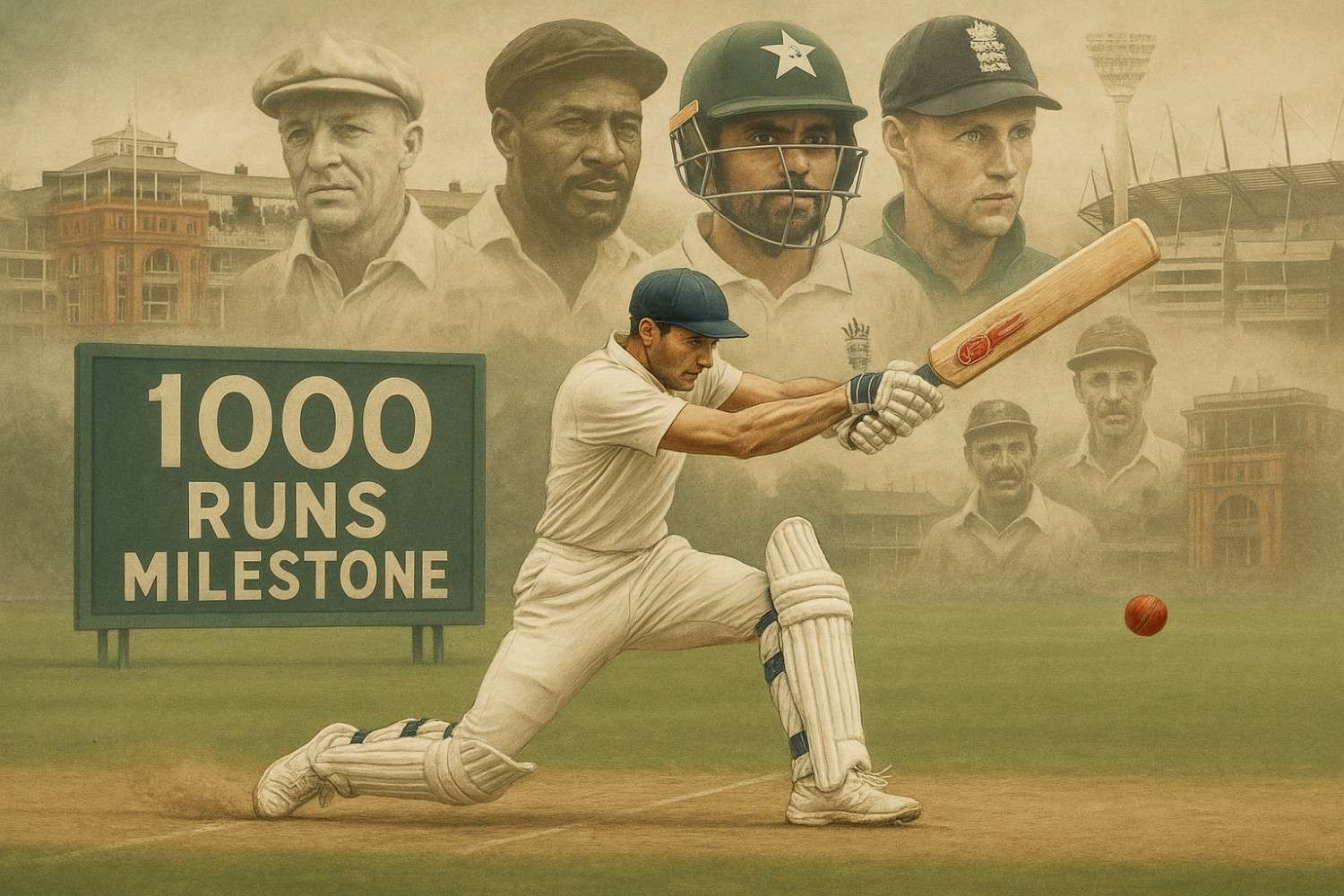If you’re new to online sports betting in India, understanding how sports odds work is one of the most important things you can learn. Odds aren’t just numbers on your betting slip they represent the likelihood of an outcome and determine how much you can win. In this beginner-friendly guide, we’ll walk you through everything you need to know about sports odds in the Indian context what they are, how to read them, how they affect your winnings, and where to find the best value.
What Are Sports Odds?
At their core, sports odds are a way of expressing the probability of an event happening. Bookmakers assign odds to possible outcomes like which team will win a match or how many goals will be scored to reflect how likely those outcomes are and to guide how much they will pay out if your bet is successful.
For example, if a cricket team is heavily favored to win, the odds offered might be lower, meaning your potential return will be smaller. On the other hand, backing the underdog can offer higher odds and a bigger payout if they manage to win. It’s a balance between risk and reward.
Odds aren’t just pulled from thin air. Bookmakers rely on data, algorithms, and expert analysis to set odds, adjusting them based on market trends, team news, and betting volume.
Why Odds Matter for Indian Bettors
In India, where cricket, football, tennis, and kabaddi are among the most popular sports, odds play a crucial role in shaping your betting experience. With so many legal and offshore platforms now available, comparing and understanding odds is key to making smart betting decisions. Knowing how odds work helps you avoid confusion, spot good value, and maximize your chances of making a profit over time.
Types of Sports Odds Explained
There are three main formats used to display sports betting odds:
1. Decimal Odds
Most betting sites in India use decimal odds. They’re easy to understand and calculate. The decimal number represents the total amount you’ll receive for a successful ₹1 bet, including your stake. For example, odds of 2.00 mean you’ll get ₹2 back for every ₹1 wagered (₹1 stake + ₹1 profit).
2. Fractional Odds
More common in the UK, fractional odds like 5/1 (read as “five to one”) show your potential profit relative to your stake. If you bet ₹1 at 5/1, you’ll win ₹5 profit plus your ₹1 back, totaling ₹6. It’s slightly less intuitive for Indian users but still widely seen, especially on international platforms.
3. American (Moneyline) Odds
American odds are expressed with either a plus or minus. A +200 line means you’ll win ₹200 for every ₹100 staked, while a -150 line means you must bet ₹150 to win ₹100. This format is mostly seen on U.S.-focused betting sites.
Some sites allow you to switch between formats. It’s a good idea to stick with one that you’re comfortable with decimal odds are typically the easiest for Indian users to grasp.
How to Read and Interpret Odds
Reading odds isn’t just about seeing the number it’s about understanding what it tells you. A lower number like 1.50 suggests the outcome is more likely but offers lower returns. Higher odds like 4.00 suggest a less likely outcome but a potentially bigger profit.
Let’s take an IPL example. If Mumbai Indians are listed at odds of 1.80 to win, and Chennai Super Kings are listed at 2.10, that means the bookmaker believes Mumbai is more likely to win. If you place a ₹1,000 bet on Mumbai and they win, you’ll get ₹1,800 back.
The key is understanding that odds reflect both probability and payout potential. Smart bettors often seek out value bets odds that may underestimate the actual chances of an event happening.
Odds and Winnings: Calculating Your Payout
Once you understand the odds format, calculating your potential winnings becomes straightforward.
With decimal odds, the formula is:
Payout = Stake × Odds
So if you bet ₹500 at odds of 2.20:
₹500 × 2.20 = ₹1,100 total return
That’s ₹600 profit and ₹500 stake returned.
Understanding implied probability is also useful. You can calculate it using:
Implied Probability = (1 / Decimal Odds) × 100
So odds of 2.00 imply a 50% chance of winning. The lower the odds, the higher the implied probability. This helps you see whether a bet is worth it compared to your own expectations.
What Influences Sports Odds?
Odds are dynamic they shift based on a variety of factors:
- Team Form & Stats: Recent performance, head-to-head results, and win streaks influence odds.
- Player Injuries or Suspensions: The absence of a key player can swing the odds significantly.
- Venue or Conditions: Home advantage, pitch report (in cricket), or weather forecasts can alter predictions.
- Public Betting Trends: If a large number of people bet on one team, the bookmaker may shorten the odds.
- Live Events: In live betting, odds can change in real time based on what’s happening in the match.
Bookmakers aim to balance their books, so odds aren’t just a reflection of pure probability they also consider how people are betting.
Finding the Best Sports Odds in India
Not all odds are created equal. Different sportsbooks offer slightly different prices for the same event. That’s why savvy bettors use odds comparison sites or manually check a few top platforms before placing a bet.
Here are a few legal sportsbooks offering competitive odds in India:
- Betway – Great for cricket and live betting.
- 10CRIC – Focused on Indian users, especially IPL.
- Parimatch – Offers both local and international sports.
- Dafabet – Popular with football and kabaddi fans.
It pays to compare odds even a small difference can make a big impact over time. For example, odds of 2.00 vs 2.10 on the same match might seem minor, but over dozens of bets, they add up.

Live Odds vs Pre-Match Odds
Pre-match odds are set before the event begins. They’re generally more stable and based on statistical models and expert analysis. If you bet before the game, you lock in those odds regardless of what happens later.
Live odds, on the other hand, change minute by minute based on real-time action. If a goal is scored or a player gets injured, the odds can shift dramatically. Live betting offers excitement and flexibility, but it also comes with added risk.
Beginners should approach live odds with caution. It’s easy to get caught up in the moment and make impulsive decisions. If used wisely, though, live odds can offer great value especially if you spot a shift before the bookmaker adjusts.
Common Mistakes Beginners Make
Let’s face it everyone makes mistakes when they’re starting out. Here are some of the most common errors to avoid when it comes to odds:
- Misreading the Format: Decimal vs fractional odds can be confusing. Make sure you’re reading them correctly.
- Chasing High Odds: Big payouts are tempting, but high odds often mean low probability. Don’t let greed override judgment.
- Ignoring Implied Probability: If you’re not checking whether the odds reflect realistic chances, you’re betting blind.
- Not Comparing Odds: Always shop around. Even small differences can affect your returns.
- Betting Emotionally: Backing your favorite team might feel right but betting should be based on logic, not love.
Final Tips: Becoming Smarter with Odds
If you want to become a successful bettor in India, mastering odds is non-negotiable. But it’s not just about reading numbers it’s about strategy, discipline, and knowledge.
- Practice with Small Bets: Start with low-stakes bets while you’re learning.
- Manage Your Bankroll: Never bet more than you can afford to lose.
- Use Odds Tools: There are apps and websites that help calculate payouts, convert odds formats, and track odds changes.
- Keep Learning: The more you watch matches, study form, and understand market trends, the better your betting decisions will become.
Smart betting is a long game. Understanding odds gives you the foundation to make informed choices, reduce risk, and enjoy the experience more.
Conclusion
Sports odds may seem like just numbers at first glance, but once you understand how they work, they become powerful tools for making smarter bets. Whether you’re betting on cricket, football, or kabaddi, knowing how to read odds, calculate your returns, and spot value can give you a real edge. For Indian bettors, this knowledge is especially valuable in a growing online market filled with opportunities and risks.
FAQ’S
1. How to read sports odds?
Sports odds represent the chance of an outcome and your potential winnings. In decimal odds (used in India), 2.00 means you get ₹2 for every ₹1 bet. Fractional odds like 5/1 mean you win ₹5 for every ₹1 staked. American odds use + or − signs to indicate profit on a ₹100 bet. Understanding formats helps you make better betting decisions.
2. How can I calculate odds?
To calculate your payout, multiply your stake by the decimal odds. For example, betting ₹500 at 2.50 returns ₹1,250. For fractional odds like 3/1, multiply the first number by your stake, then add the stake. To find implied probability, divide 1 by decimal odds and multiply by 100. Knowing how to calculate odds helps you assess risk and potential reward effectively.
3. What does +200 mean for odds?
+200 odds follow the American format, showing how much profit you earn on a ₹100 bet. At +200, a ₹100 bet returns ₹200 profit plus your stake, totaling ₹300. This means the outcome is less likely, but the reward is higher. You can convert +200 to decimal by dividing by 100 and adding 1 so +200 equals 3.00 in decimal format.
4. What do 5 to 1 odds mean?
5 to 1 odds, or 5/1, are fractional odds. This means you will win ₹5 profit for every ₹1 you stake, plus your original ₹1 back. So a ₹100 bet at 5/1 returns ₹600. These odds suggest a lower probability but higher reward, making them common when backing underdogs or less likely outcomes in sports betting.
5. What is Moneyline?
Moneyline is a type of odds format used mainly in the U.S. It shows how much you need to bet or how much you can win. Positive Moneyline odds (like +150) show how much profit you’d make on a ₹100 bet. Negative odds (like -150) show how much you must bet to win ₹100. It’s a simple win/lose betting system.
6. How accurate are sports odds?
Sports odds reflect probability based on data, team form, injuries, and betting patterns. While bookmakers are skilled at setting odds, they are not always perfectly accurate. Upsets happen, especially in unpredictable sports like cricket. Odds offer a guide, not a guarantee, which is why smart bettors also consider research, stats, and value before placing a wager.
7. What is an odds calculator?
An odds calculator is a tool that helps bettors calculate their potential profit and total return based on odds and stake. Just input your stake and odds format (decimal, fractional, or American), and the tool does the math for you. It’s useful for beginners learning how different odds work and comparing potential outcomes before placing a bet.














